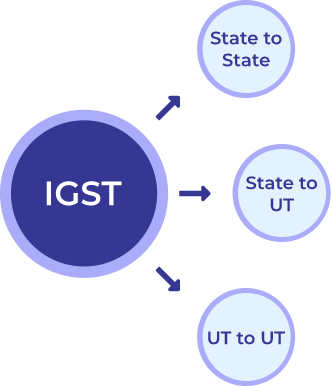Businesses liable to pay GST
Any business whose turnover exceeds INR 40 lacs in a financial year is liable to get registered under the GST laws, collect, remit, and file the necessary GST returns as prescribed from time to time. This 40 lac limit is, however, for a supplier of goods, and for a service provider, the said limit is 20 lacs.
There are also some special category states like Arunachal Pradesh, Assam, Jammu & Kashmir, Manipur, Meghalaya, Mizoram, Nagaland, Sikkim, Tripura, Himachal Pradesh, and Uttarakhand, wherein the said limit is 20 lacs and 10 lacs for suppliers of goods and service providers, respectively. There is also a composition scheme providing a concessional rate of GST for businesses having turnover not exceeding 1.5 crores in a financial year on the satisfaction of specific conditions.
Talk to our regional GST experts










